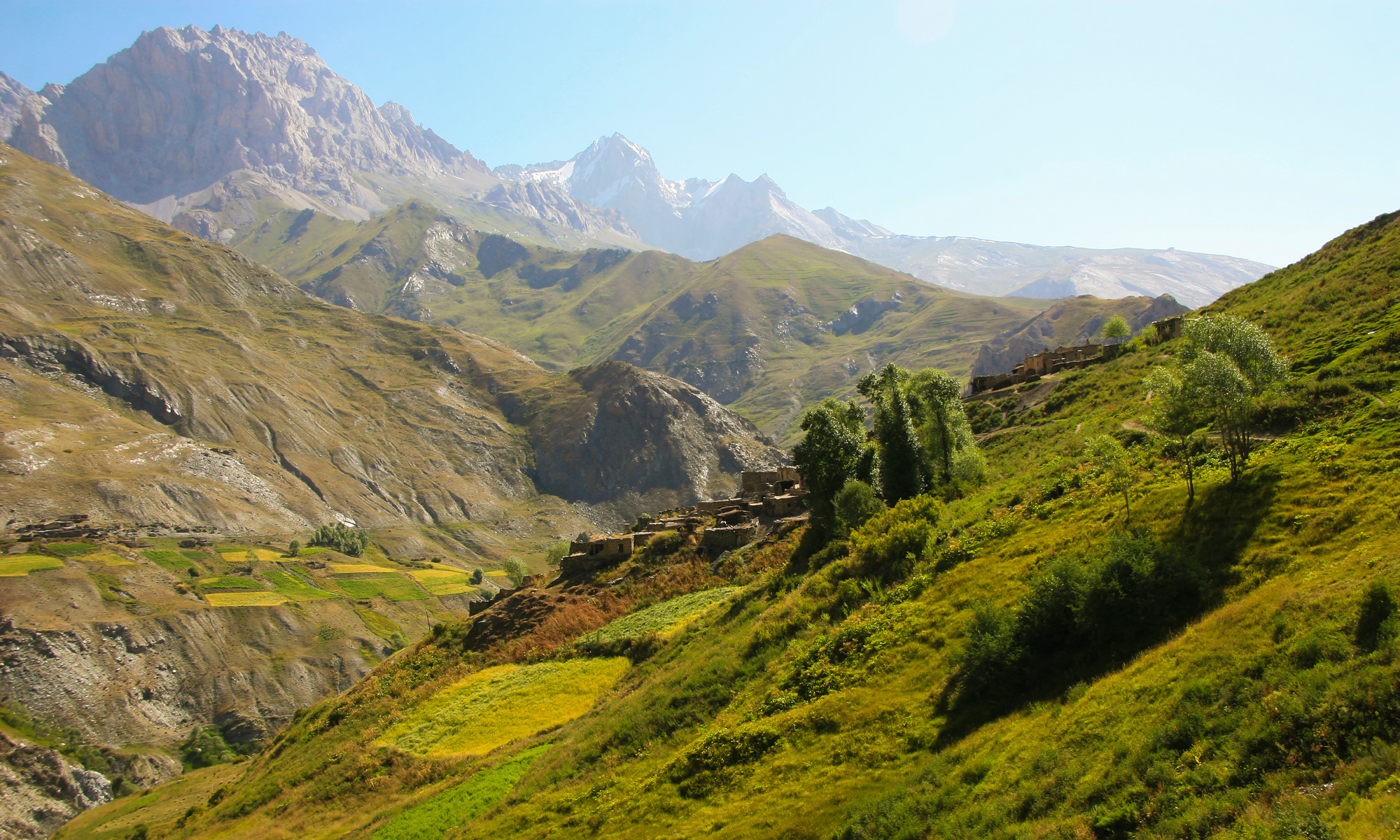The houses in the Yaghnob Valley are often cold in winter. Wood is scarce, walls are thin, and the mountain winds slip through stone cracks. But colder still is the feeling of being old and unseen. For the elderly of the valley—many of whom returned after decades in exile—this is not simply about age. It is about being left behind in a place they once fought to reclaim.
These elders came back not out of nostalgia, but conviction. They rebuilt homes from collapsed walls, carved gardens into slopes, and lit fires where their grandparents once cooked wheat porridge.
But they returned older—and the mountains had not softened. Roads had not been built. Clinics had not been restored. The public health documents record what their bodies know well: there are no doctors. No heat. No care. They returned home to age alone.
“I walk like my grandfather did,” said one elder. “But there is no one left to care for us now—not even a doctor to say what is wrong.”
There are no geriatric wards in Yaghnob, no pharmacies stocked with arthritis cream, no routine check-ups. Chronic pain is managed with patience or prayer. Vision loss is met with silence. Respiratory illness is made worse by indoor smoke and thin insulation.
Still, they describe their ailments in poetry.
“The wind has settled in my knees.”
“The mountain has taken my breath.”
These are not metaphors—they are diagnostic truth in a world without diagnosis. And behind them, a deeper reality: no one is coming.
To grow old in the Yaghnob Valley is to become a library with no visitors.
These elders carry an archive of unrecorded knowledge. They know which root eases a fever. They can tell when the clouds lean too low over a pass. They remember the names of goats, of springs, of people who are now only stories.
In some hamlets, they are the last fluent speakers of Yaghnobi. When they die, so do idioms no longer in use, blessings no longer spoken, chants that no child can pronounce.
One nearly-blind woman still recites over thirty farming proverbs aloud, hoping someone will ask her to teach them. No one has.
She repeats them anyway, to the fire, as if the walls themselves might remember.
Even as they suffer, these elders are often caregivers in their own right. They bless newborns, advise on herbs, remind neighbors of burial rites. In a place where formal health services are absent, they hold together the fragile social fabric.
But who cares for them?
The middle generation—sons, daughters, nieces—have often moved to cities for education or work. The young do not return. The old are left to gather wood, to tend animals, to carry memory and water, both heavy, both alone.
Winter is particularly cruel. Snowfall isolates entire villages. An injury can become a death sentence. A cough may linger until spring, or not.
Isolation is not just logistical—it’s existential.
Fixing this does not require hospitals perched on cliffs. It begins with small, human things:
Mobile health visits. Warm coats. Home repairs. Pain relief. Walkers. Glasses. An extra set of hands. A seat near the fire. A question asked not out of duty, but interest: “Will you tell me how it used to be?”
To care for the elders is not charity. It is cultural infrastructure. It is sustainability with a human face. It is how a people remember who they are.
